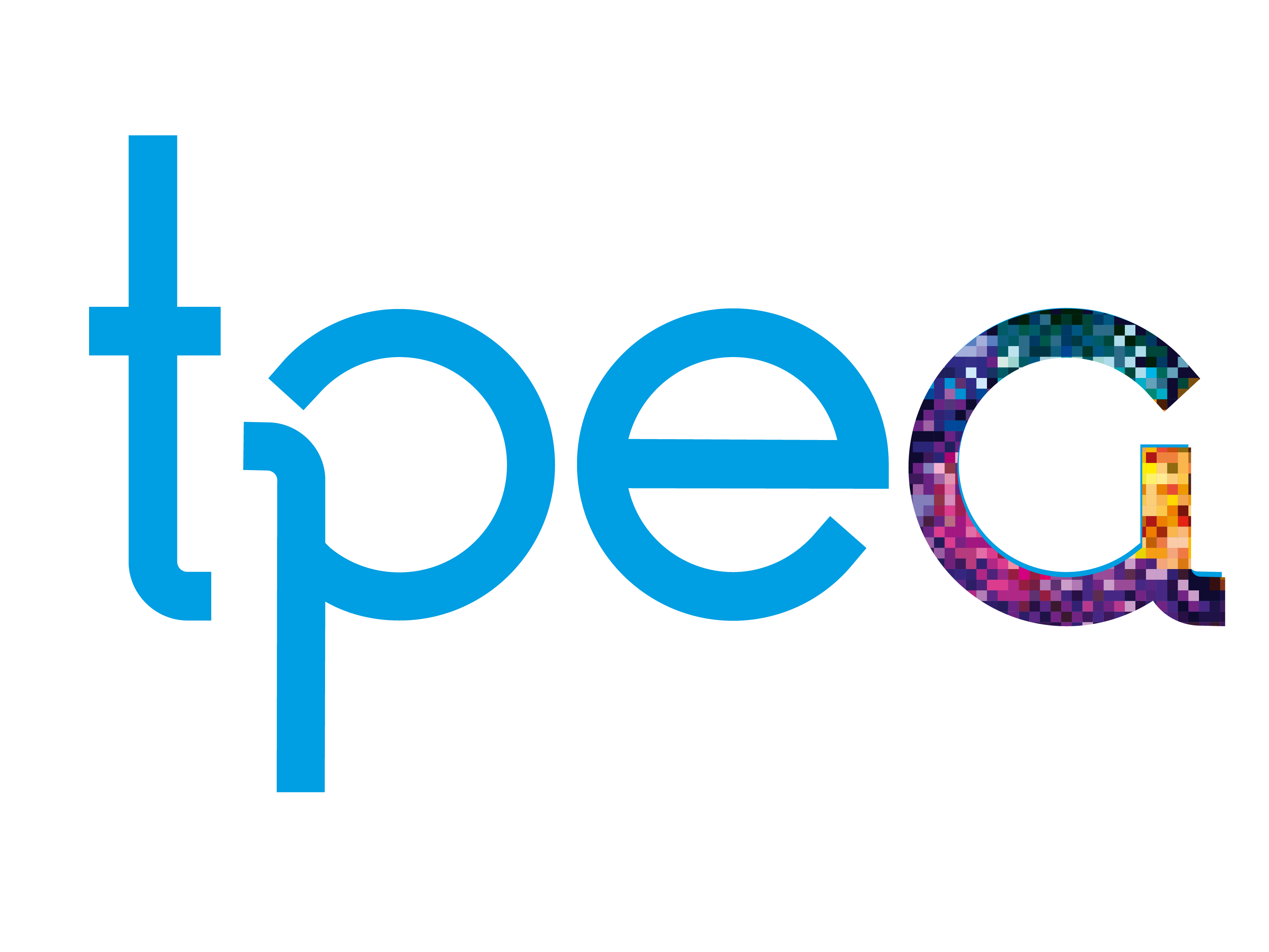Fast forward to today
Too often, the high aspiration outlined in the DfE Standard for Teachers Professional Development (2016) is failing.
With demise of district support networks face to face training, today delivered by a small army of freelance trainers, small businesses and school to school arrangements, is becoming expensive to deliver. Overall, what we offer teachers is poorly differentiated to need and rarely recognises personal interests and achievement.
So, does the Internet offer an alternative for the Information Age? Are schools ready to embrace it?
The shifting landscape
The arrival of the ‘Tin Can’ or xAPI standard as a replacement for SCORM is supporting the shift from Learning Management Systems to Learning Record Systems. Take a look at the webinar Nine Practical Applications of Tin Can API.
The premise of this shift is that the e-learning systems that we adopt should promote:
- Learning analytics
- Better Blended Learning
- Adaptive Pathways
- Just-in-Time Performance Support
- Mentoring
- Multi-Device Learning
- LRS-LRS Communication
- Open Badges
In our schools’ system we have barely embraced the concept of e-learning, whilst elsewhere first-generation solutions are already being rejected in favour of more flexible and intelligent LRCs.
Three services compared
Are we anywhere near having the tools required to facilitate teacher and support staff training through an e-learning model? Let us examine 3 solutions available today.
FutureLearn is an established on-line service that offers individuals access to short online courses, programs and on-line degrees. Designed for individuals you can register and access courses for free but you have to pay for extended access and certification. FutureLearn for Business offers subscription for organisations and layers in learning analytics to track employee progress and custom course creation ‘by the platform’s e-learning authors’. I suspect that works for corporations but not within school budgets.
Teaching courses are just a sub-set of the FutureLearn offer. Other relevant categories are Study Skills; Tech & Coding; Science, Engineering and Maths. Wrapped around the learning materials are the discussion forums where you can communicate with other participants and course tutors. You can see ‘your courses’ in your personal administration space on the site.
Overall, the teaching content is limited in range and is only loosely focused on UK teacher needs due to its international orientation but a positive feature are the wrap amount communities allowing you to share with other learners.
Spongy Elephant is a small UK start up which has been launched to provide an affordable subscription-based service for the education market. The content is focused upon UK school needs and has a dominantly EdTech focus, with Apple, Microsoft and Google training collections. The platform is orientating towards mandatory training and offers courses on safeguarding; health and safety; diversity and equality. You can build your own package and have a free trial.
In Spongy Elephant courses are referred to as ‘learning trunks’ and these can be followed by individuals independently. However, to make best use of the platform schools should add the management console which allows the CPD administrator to set training requirements and track progress and monitor completion. The platform also offers the opportunity for remote webinar style training using an integrated video conference facility.
As a small business Spongy Elephant will be responsive to customers and will look positively on co-authoring of new ‘learning trunks’. Content is strong in EdTech and it offers a good CPD management system.
Guide Education is also a new enterprise. Again, this is a subscription service providing access to a range of on-line courses. The platform will appeal to Training Schools and those seeking to develop school roles or promote leadership development. It is possible to follow pathways delivering qualifications e.g. QTS (PGCE type content); AET Level 3 and DET level 5 (non-graduate training). In the business model you complete the course before being charged for accreditation. Role based pathways focus on teaching assistants; primary, secondary or SEN teachers. Leadership pathways include middle leadership development, school-wide changemakers or teaching and learning leadership.
The video-based learning is interactive to the extent that events are scheduled into videos at key points to create emphasis or assessment through interaction at the point of learning.
You can use the platform to build your own custom courses for yourself by placing You Tube videos into structured learning pathways. This feature really allows a school or individual therein to create courses with specific focus tailored to organisational or individual interests. You can control the level of access and the length of study for your staff members, completely customising your course in any way you like. Additionally, the platform has tools for tracking progress, producing learning plans and reporting. The remote mentoring tools and ability to add classroom video to the platform make this a proposition with worth looking at.
With a low-cost school subscription, teachers and support staff can follow the learning pathways or dip in and out of lessons.
In summary
In reality, schools seeking to develop e-learning based professional development could invest in the latest LRS platforms and truly engage in recording achievement and scheduling next step learning in an open web environment. However, this would demand a lot of person time and, in reality, buying a platform with content is a more practical solution. As a first step investment in a bespoke service as part of a blended approach seems to be a sound option.







